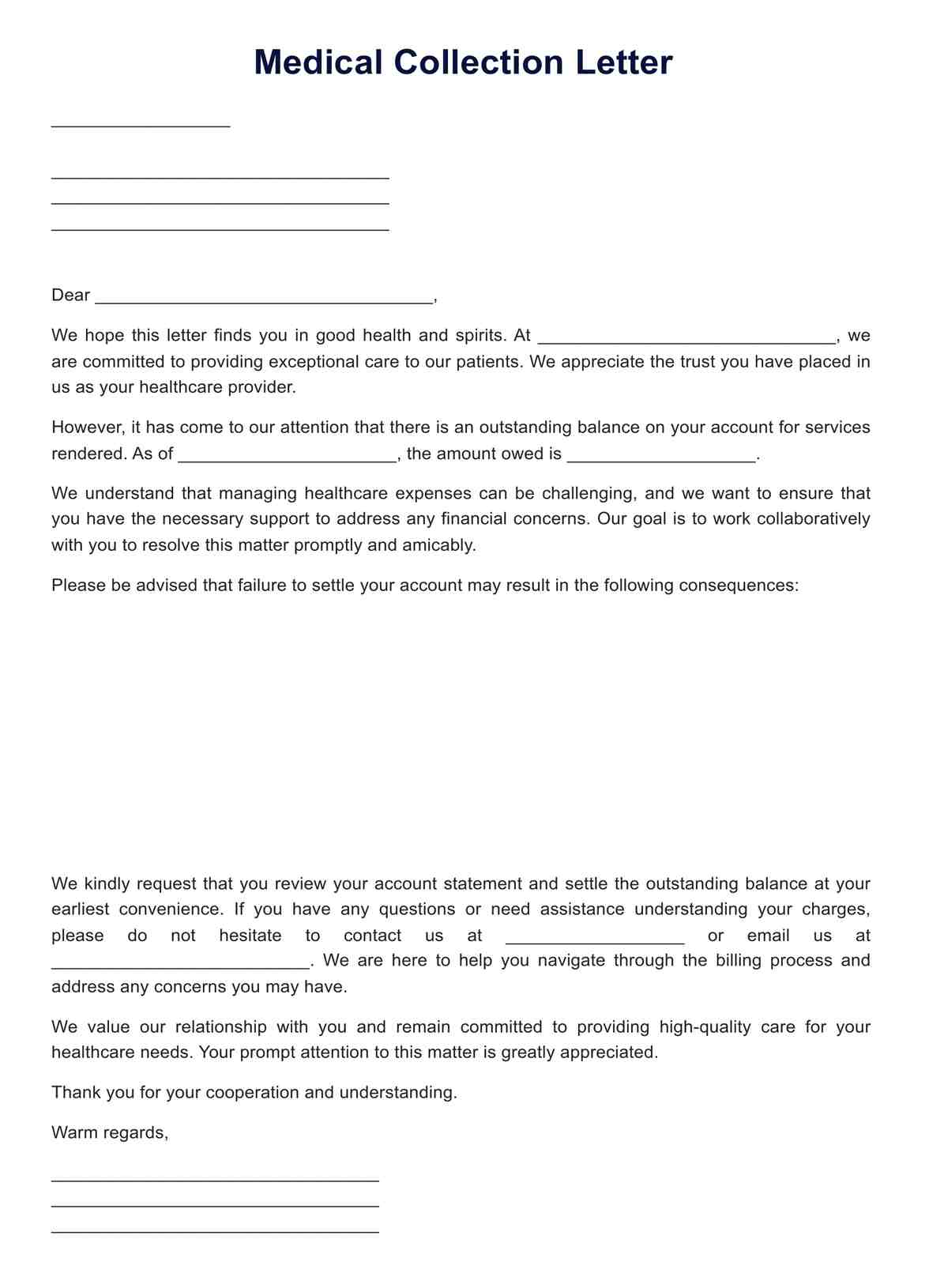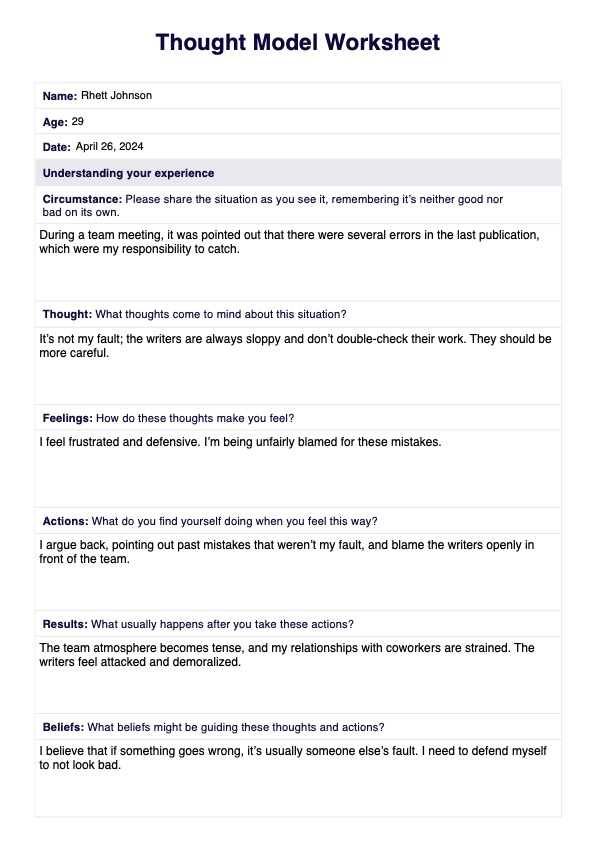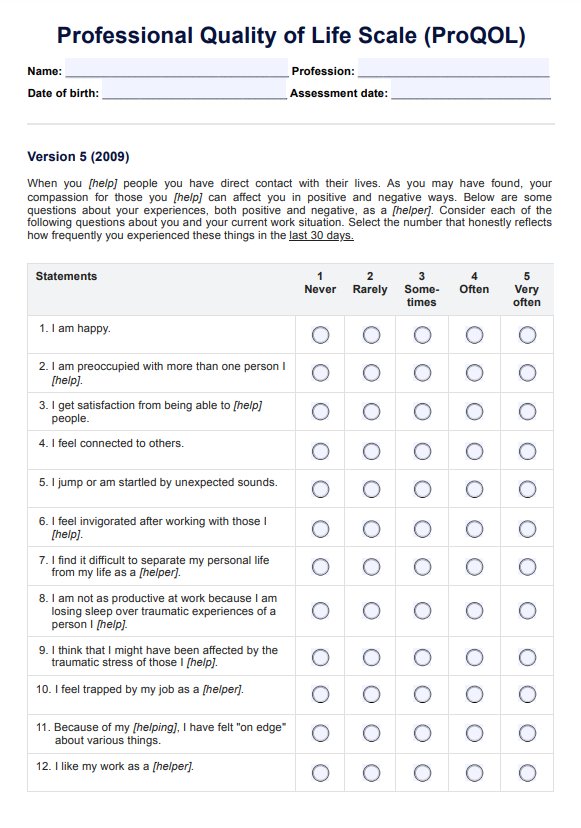Medical Collection Letter
Use our Medical Collection Letter template to craft an effective collection letter. Ensure prompt patient payment with ease.


What is a collection letter?
Medical debt in the United States exceeds $220 billion, with 14 million people owing over $1,000 and 3 million owing more than $10,000 (Claxton et al., 2022). Because of this, hospitals and clinics might struggle to get patients to pay their medical debts. It can be frustrating, especially when you don't know how to do it properly. However, one possible strategy for collecting payments is to reach out to these patients.
While text messages and phone calls can help remind them, nothing beats having it on a document like sending them a collection letter because it shows sincerity and, at the same time, formality.
In a broader sense, a collection letter is a written document sent to a customer or consumer to notify them of their outstanding payments. It works similarly to the healthcare industry, where healthcare providers and facilities inform the patients of their financial responsibilities. Sending collection letters to patients can also remind them of their outstanding balances and encourage timely payments.
Medical Collection Letter Template
Medical Collection Letter Example
What to do if patients don't respond and not pay for your services
If patients don't respond or pay for services, you may start by following up with phone, email, or mail reminders. If there's still no response, consider sending a formal collection letter outlining the overdue amount. You can offer flexible payment options or financial assistance to help patients resolve their bills.
If all efforts fail, you may need to involve a collection agency to recover the outstanding balance. However, remember to maintain professionalism and empathy while adhering to legal guidelines.
Best times to issue a Medical Collection Letter
While providing clients with the healthcare services they deserve is rewarding, it's also important to remember that healthcare institutions such as hospitals and clinics, like any other businesses, must ensure that the necessary revenue to sustain the practices is well taken care of.
Furthermore, some patients are experiencing financial difficulties, making paying for their needed services impossible. Some do not even have health insurance, which makes it even more challenging to pay medical bills. So, when is the best time to issue this letter for medical collections?
- After a grace period: Send a medical collection letter after a reasonable grace period following the due date of the medical bill. This allows patients sufficient time to make payments or arrange payment plans before initiating collection actions.
- After unsuccessful reminder attempts: If multiple reminder notices or communication attempts, primarily through text messages or calls, have failed to elicit a response or payment, issuing a medical collection letter may be appropriate.
- Before the statute of limitations expires: Consider sending a medical collection letter before the statute of limitations for debt collection expires. This ensures that you take appropriate legal steps to recover the debt within the allowable timeframe.
- During financial counseling sessions: If your healthcare facility offers financial counseling or assistance programs, issuing a medical collection letter can be part of the process for patients who haven't responded to other forms of communication. This can prompt them to engage with available resources for managing medical bills.
Issuing a medical collection letter can be sensitive, so choosing the timing is essential to maximize effectiveness while maintaining professionalism and empathy.
What makes an effective Medical Collection Letter
Using a medical collection letter formalizes the collection process after prior attempts to help resolve the matter directly. Now, let's move on to another important aspect of crafting one: understanding what makes it effective. Here are the key elements of an effective letter:
1. Transparency and clear communication
In a medical collection letter, transparency ensures patients fully understand their financial responsibilities by clearly outlining their current balance, unpaid bills, and consequences for non-payment. Clear communication may also include providing details about the billing statement, previous attempts at contacting the patient for payment (if any), and options available to assist patients, such as financial assistance or setting up a payment plan.
2. Professionalism and respect
Maintaining a professional and respectful tone throughout the letter is crucial to avoid intimidating the patient. Using stern language or intimidating letters can be counterproductive and may put off patients, making them less likely to cooperate. Respectful communication acknowledges the patient's circumstances and emphasizes the collaborative approach between the doctor or hospital and the patient to resolve the issue.
3. Empathy
Demonstrating empathy in the collection letter shows an understanding of the patient's situation and a willingness to assist them in finding a solution. Acknowledging that most patients may face financial difficulties and offering options such as financial assistance or flexible payment plans can help alleviate their concerns and encourage them to address their unpaid bills. Empathetic language and a compassionate final warning convey urgency while maintaining the patient's dignity.
How to use our Medical Collection Letter Template
Effective communication with patients about their outstanding medical bills is crucial as a healthcare provider. Below is a step-by-step guide to using our template for a medical collection letter.
Step 1: Download the template
Download the Medical Collection Letter template. Save the file in an easily accessible location on your computer.
Step 2: Personalize the template
Include the date, name of the patient, healthcare provider name, facility or clinic, and sender's name. Emphasize critical details such as the outstanding balance, due date for payment, and contact information. This will draw the patient's attention to crucial details.
Step 3: Review
Carefully review the letter's content and make necessary adjustments to suit the patient's situation. After reviewing, save the letter and see that it is professional in appearance and contains accurate information before sending it to the patient.
Step 4: Follow up if necessary
Monitor the patient's response to the letter. If immediate payment is not received or further assistance is needed, consider following up with a phone call or additional correspondence to address any concerns or offer alternative payment plans, especially to those with financial difficulties.
Benefits of a Medical Collection Letter template
Downloading a template has several benefits. Here are some of them:
- Encourages payment: Medical collection letters remind patients to pay their bills, increasing the likelihood of receiving overdue payments.
- Preserves relationships: Maintaining a professional and empathetic tone, these letters help hospitals and patients navigate financial matters while preserving their relationships. Later, this might help build patient loyalty.
- Saves time and resources: Using collection letters saves time and resources compared to immediately resorting to more aggressive debt collection methods.
Remember to encourage patients to stay informed about their financial responsibilities and available support options. Document all communication attempts.
References
Claxton, G., Wager, E., Ortaliza, J., & 2022. (2022, March 10). The burden of medical debt in the United States. KFF. https://www.kff.org/health-costs/issue-brief/the-burden-of-medical-debt-in-the-united-states/
Commonly asked questions
Using medical collection letters helps hospitals and clinics streamline the billing process and recover overdue payments more efficiently. It ensures the financial health of the healthcare facility.
Hospitals and clinics send these letters to remind patients about unpaid bills and to ask them to pay their overdue accounts.
It's a way for hospitals and clinics to remind patients about their bills and ensure they get paid, keeping things fair for everyone.







































































































